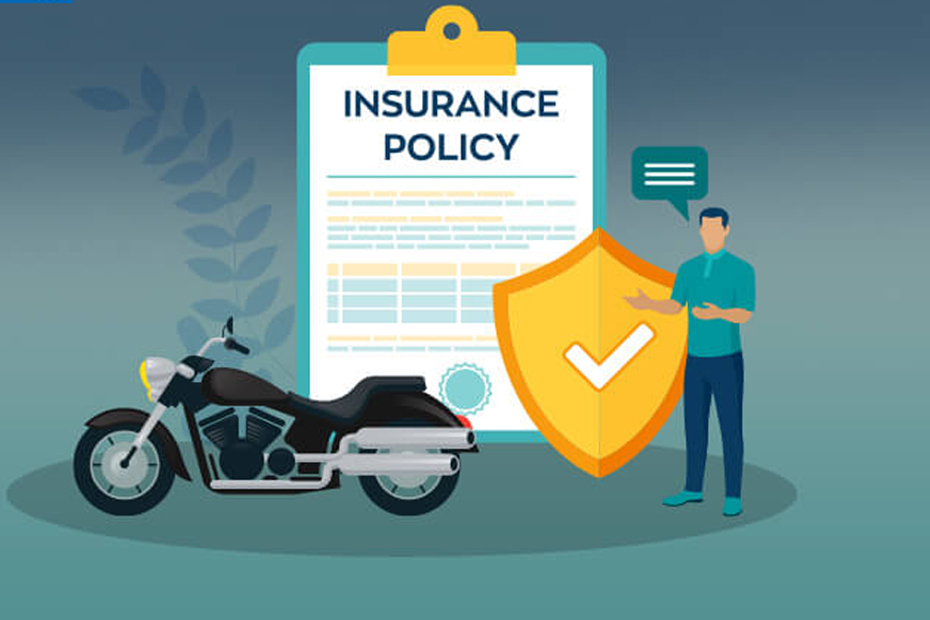Embarking on the exhilarating journey of motorcycling involves mastering the art of riding and the critical skill of effective braking. In the world of motorcycles, where control is paramount, understanding the nuances of braking is essential for the rider’s safety and the well-being of fellow road users. This comprehensive guide on motorcycle braking aims to equip riders with the knowledge and techniques necessary to navigate various braking scenarios. As we delve into braking techniques, we must emphasize the broader aspect of rider safety – the significance of two-wheeler insurance.
Two-wheeler insurance is a protective shield, offering financial coverage for unforeseen events, accidents, and theft. Two-wheeler insurance renewal ensures continuous protection, and tools like the bike insurance calculator help riders tailor coverage according to their needs. Claims are subject to terms and conditions set forth under the motor insurance policy. *
- Front Brake, Rear Brake, or Both:
Maintaining the bike upright and facing forward is critical in most stopping situations.
Apply both front and rear brakes simultaneously for controlled stopping without excessive tire pressure. Downshift to first gear as you slow down, engaging the clutch to enhance braking efficiency. The front brake contributes around 70% of stopping power, so overcoming fear and practising with both brakes is crucial.
- Reverse Gear Shifts:
In emergency scenarios, the priority is swift stopping.
Ensure you are in first gear when stopping, allowing quick manoeuvres to avoid following vehicles.
- Turning and Braking:
Braking while turning increases the risk of wheel lock and loss of control.
Avoid braking in a curve; if necessary, straighten the bike before applying brakes.
When braking in a turn, apply both brakes gently to maintain control, avoiding excessive force.
- Brake Anti-Lock (ABS):
ABS brakes offer significant safety benefits, especially in unknown grip conditions.
While debates exist on the comparison with experienced riders, ABS remains a valuable safety addition.
- Quick-Reaction Brakes:
Proficiency in emergency braking is vital; the key is to remain calm.
Apply both brakes firmly and smoothly; hold the rear brake if the back wheel locks up.
In the absence of ABS, release the front brake if it locks, then reapply.
Regularly practising abrupt stops in a controlled environment enhances familiarity with bike response.
Mastering the art of motorcycle braking is a journey of skill development, precision, and responsible riding. As riders explore the nuances of front and rear braking, tackle emergency scenarios, and consider the benefits of anti-lock brakes, they are reminded of their role in ensuring a secure journey. In rider safety, the emphasis on two-wheeler insurance cannot be overstated. Beyond being a legal requirement, insurance coverage becomes a lifeline, offering financial protection and peace of mind.
The commitment to motorcycle safety goes hand in hand with securing comprehensive bike insurance coverage. Whether it’s the renewal process, utilizing two-wheeler insurance premium calculators, or tailoring coverage to specific needs, riders contribute to a culture of safety and responsibility on the road. A well-rounded approach, encompassing both braking mastery and insurance diligence, ensures that every ride is an adventure and a secure and protected journey on two wheels.
* Standard T&C Apply
Insurance is the subject matter of solicitation. For more details on benefits, exclusions, limitations, terms, and conditions, please read the sales brochure/policy wording carefully before concluding a sale.




